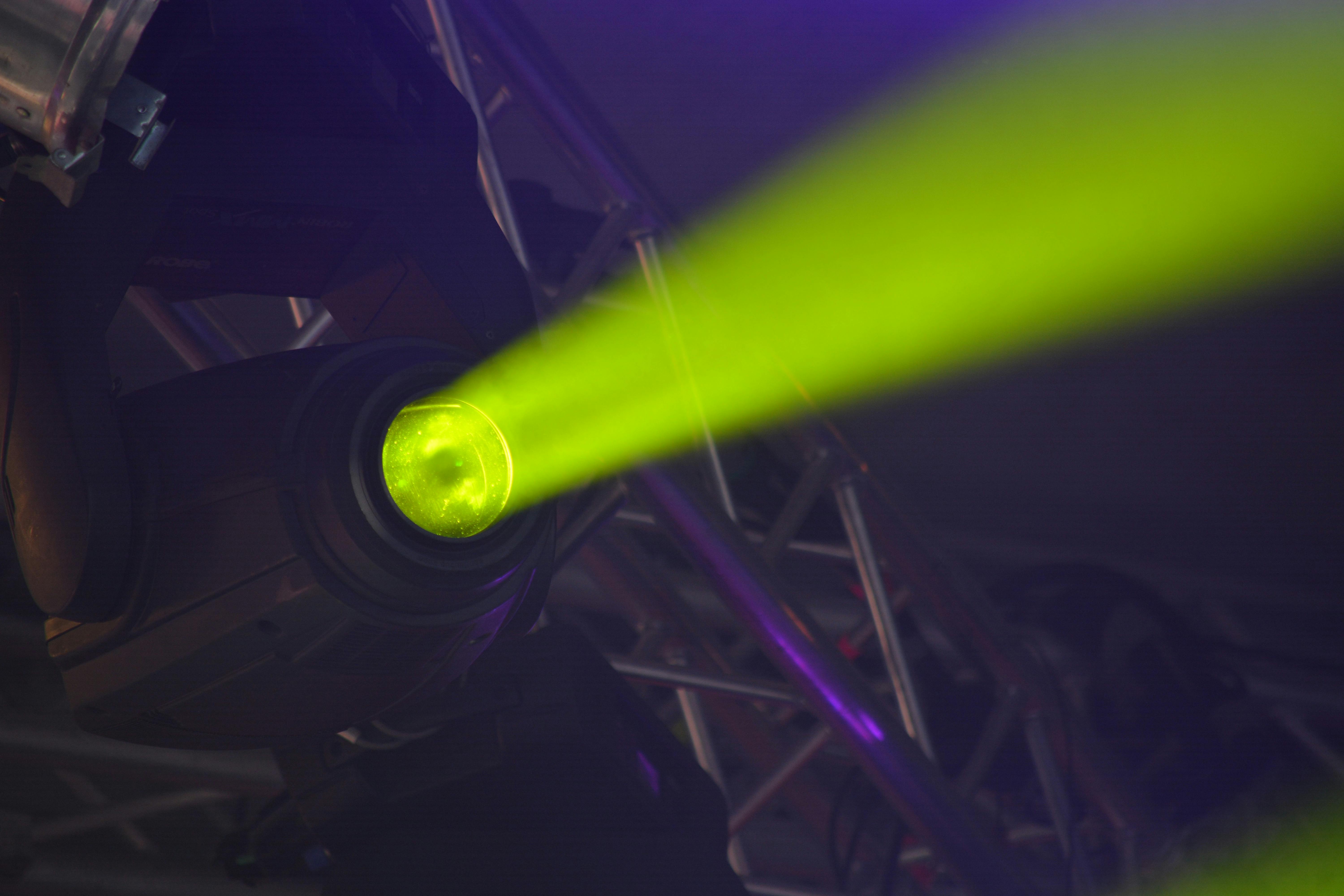Imagine being able to frame your own photographs, prints, tapestries, and artwork like a pro. Framing pictures is quite fun and easy to do yourself. There are 5 easy steps to framing.
Step 1 – How to Cut Mats
Adding a colored border (the mat) around your artwork enhances the image and provides a resting area between the image and the image frame. The color and size of the board should be decided first, as this will determine the overall dimensions of your photo frame. Begin by calculating the outer size of the mat.
To cut the mat, use a ruler and a good quality beveled mat cutter. There are several cutting systems to suit various budgets and skill levels, including the Mat Master 660 for the hobbyist, the Mat Master 860B, or the 1060B for the enthusiastic home picture framer.
Mark the edges to be cut on the back of the board.
Make sure the mat covers the edges of the artwork, subtracting approx. 3mm or 1/8 “the size of the image (length and width). Cut the mat following the instructions for your mat cutter. Attach the image to the mat using 2 small pieces of acid-free tape on the top edge only.
Step 2 – How to cut the picture frame
How much photo frame trim material will I need? Carefully measure the image and the mat you want to frame. Add an extra (3mm) to “reproduce” to ensure the image will easily fit into the finished picture frame.
Add the length (L) and width (W) together, then multiply the total by 2 to get the total length. It should also allow for miter cuts, so multiply the width (W2) of the trim by 10 and add this to your total.
(L + W) x 2 + (W2 x 10) = TOTAL
The most important thing is to make the 45 degree miter cut into the frame material – your bond will only be as good as your cut. Always use a good quality hand miter saw … we recommend the Proman hand saw, made in Sweden, as the best on the market. Electric drop saws are not ideal for cutting small and delicate picture frames.
Good Measure System helps make measurement easier and eliminates many errors. After you have cut the first miter, slide the picture frame material along the required length on the measurement scale and adjust the stopper. Now you are ready to cut the first 2 pieces of your photo frame. Change the setting to cut the other 2 sides of the frame.
Cutting one side for a frame is easy.
Cutting the second side to match the first is the tricky part. With the FrameCo Ezy-Measure system, you can cut with precision every time.
Step 3: how to fasten the frames
How do you hold the frame? Firmly holding the frame is essential for a good joint. You can use the cable clamp or the steel strap clamp to secure the picture frame ready to be attached.
The advantage of the strap clamp is that you can see the four corners of the picture frame joined together before joining. So aligning the corners is easy.
All corners must match evenly. Apply some wood glue to all corners of the frame for added strength. Carefully tension the clamp making sure the corners are aligned and then secure the clamp firmly.
You are now ready to join.
Step 4: how to join frames
Most photo frames are attached with a V-Nail. This is the easiest method and is the one used by the professional picture framer. The FrameCo PushMaster joining tool inserts V nails into the corner of the frame. Typically only two V nails are needed in each corner.
The PushMaster can be used by hand only on most photo frames, or you can hit the PushMaster with a mallet if the frame is hardwood. The PushMaster can be upgraded to the BenchMaster®, which will drive V nails into the hardest woods.
V Nails: How Do They Work?
Upon entering, the sides of the V-Nail deflect outward. As it returns to its original shape, the bond comes together. The small curl on the edge of the V-Nail sets the nail in the grain of the wood. Glue alone is not enough for strong and stable bonds, adding a V-Nail creates a strong and firm bond. What size V-Nail. . . Use a V nail about half the height of the frame.
Sizes are: 7mm – 1/4 “, 10mm – 3/8”, 12mm – 1/2 “, 15mm – 5/8”
Step 5 – How to finish the frames
Take the empty frame to a glass merchant and have him cut a piece of glass for you. If you want to cut glass yourself, use a good quality oil filled cutter or the glass cutter. Use only 2mm smooth or non-reflective glass.
Fome Core is the ideal backing board as it is lightweight, acid-free, and easy to cut. You can also use 3mm cardboard or MDF. Turn the empty frame upside down and insert the glass, then the matte image, and lastly the backing board.
Use the PushMaster to insert nails or flex points into the back of your photo frame to keep everything in place.
Use backing nails for large frames or heavy items. Flexipoints are flexible and ideal for sewing work or when you want to remove the image, for example. Photo frames.
To seal the artwork to the frame, tape over the nails / flex points with a good quality backing tape. This will prevent dust or insects from entering the image.
To hang your image, use your PushMaster tool again. Measure one-third down the side of the picture frame from the top and mark that point. Place a screw eye into the slot provided at the end of the Pushmaster tool, then screw the eye into the frame. Repeat on the other side and then connect the cable from one side to the other.
You have now completed your image framing project. More information on how to make photo frames can be seen at http://www.clubframeco.com/5_steps_Introduction.html



